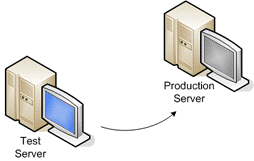"Use Cases, Test Scenarios and Testcases in Software Testing - Understanding the Essentials".

Understanding Use Cases, Test Scenarios, Test Cases, and in Software Testing In software testing, clarity and precision are paramount. This necessitates a thorough understanding of key concepts like Use Cases, Test Cases, and Test Scenarios. Each plays a crucial role in ensuring the functionality, reliability, and usability of software systems. Let's delve into what each of these terms entails, along with examples to illustrate their application. Use Cases Use Cases represent interactions between a user (or an external system) and the software under specific conditions. They outline the steps a user takes to achieve a particular goal. Use Cases are instrumental in capturing functional requirements and understanding how users will interact with the system. Example: Use Case Title: User Login Actor: Registered User Description: User navigates to the login page. User enters valid credentials (username and password). System verifies credentials against the database. If ...



